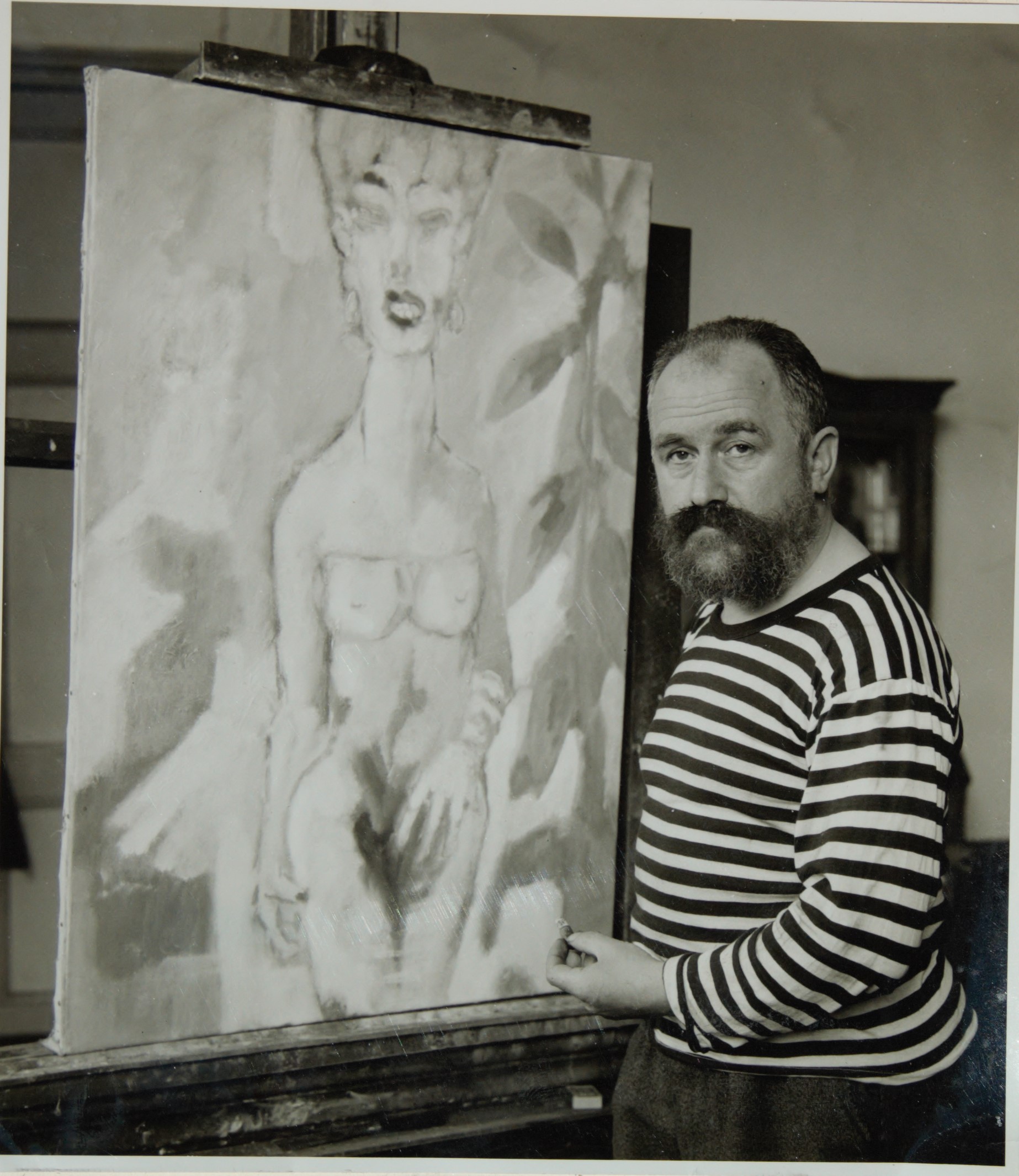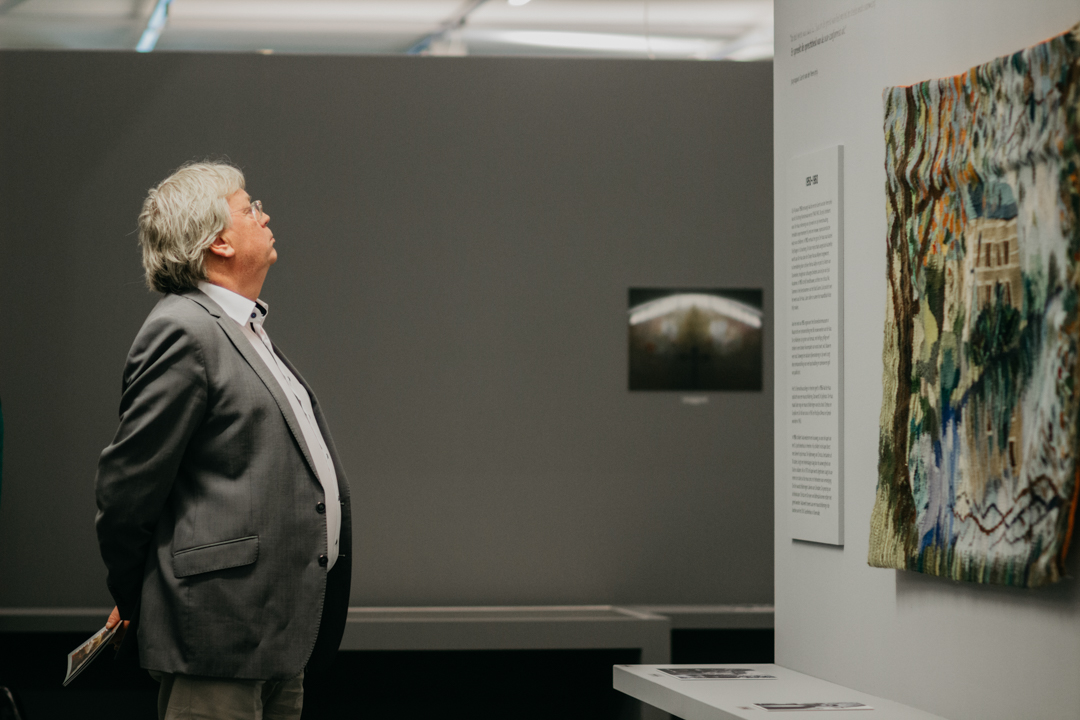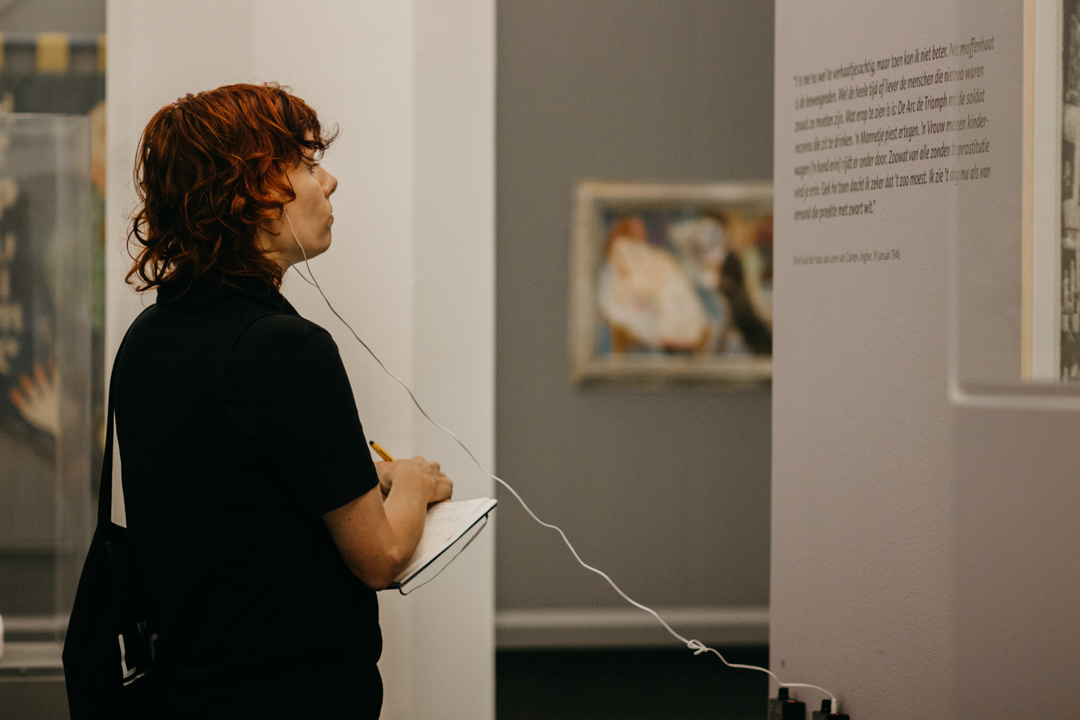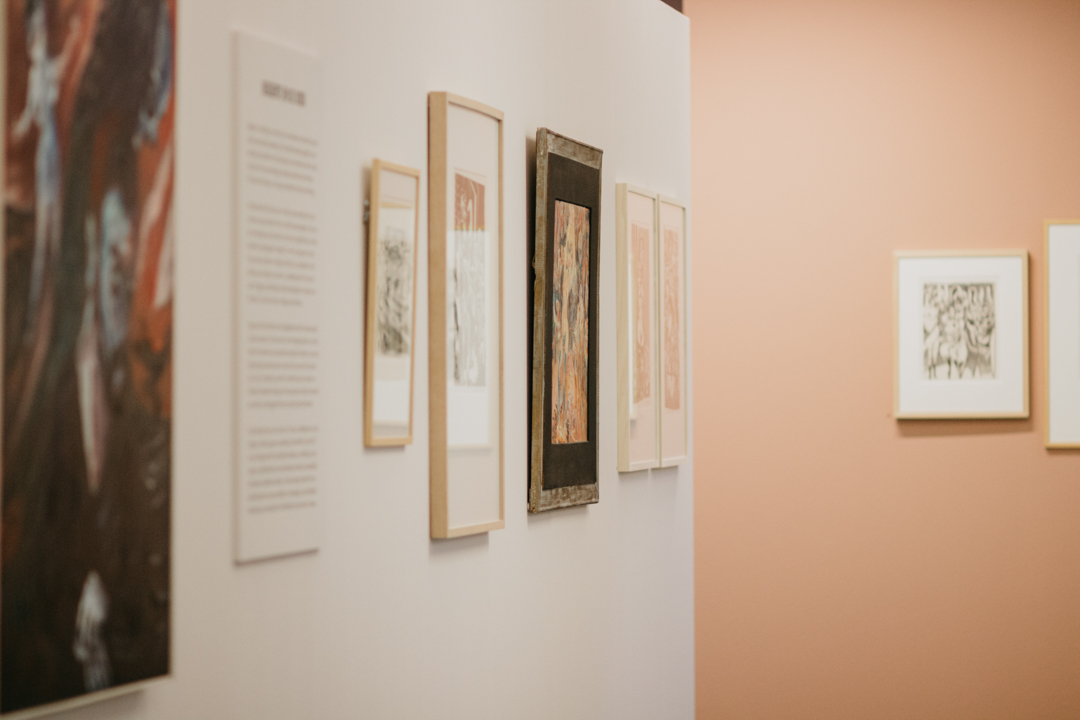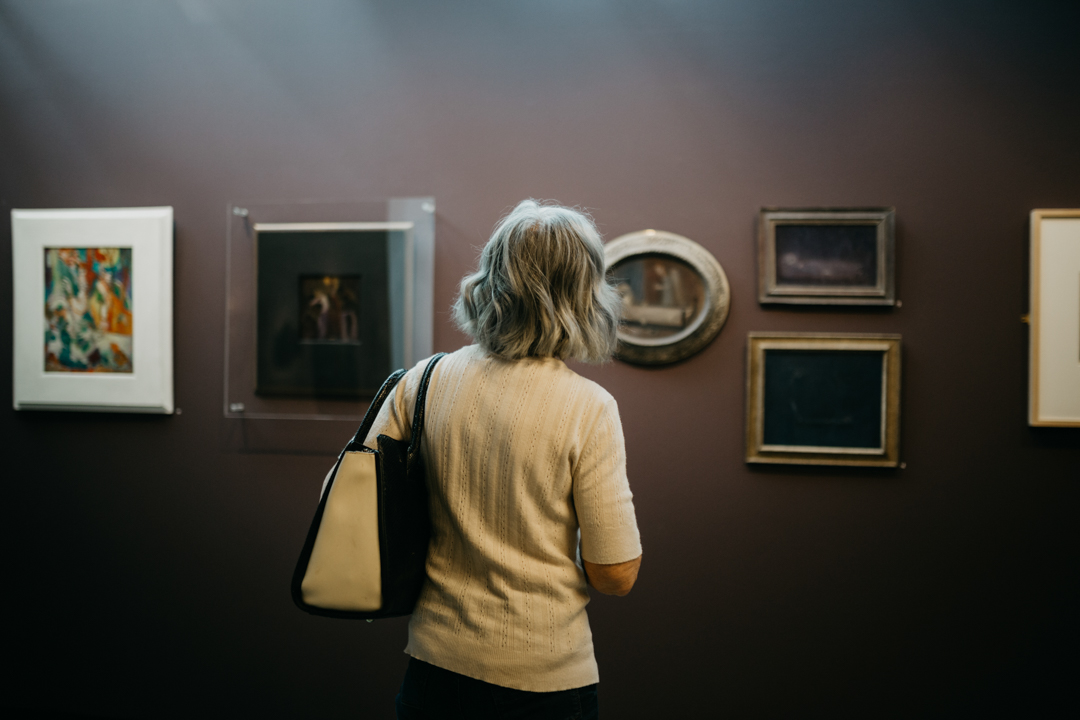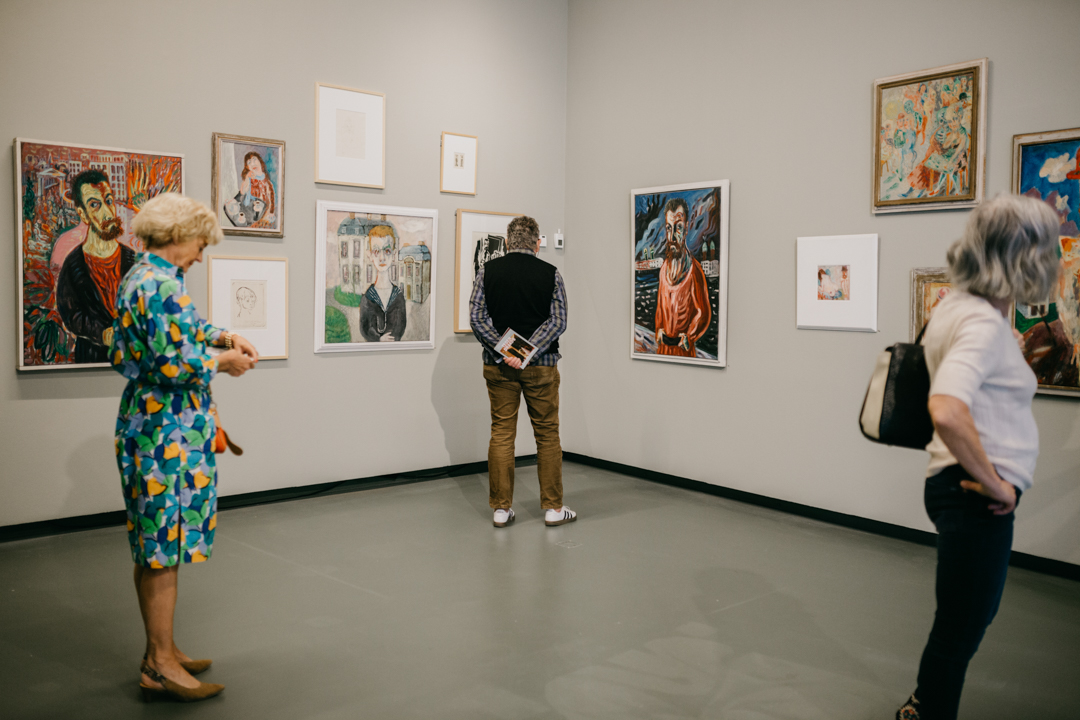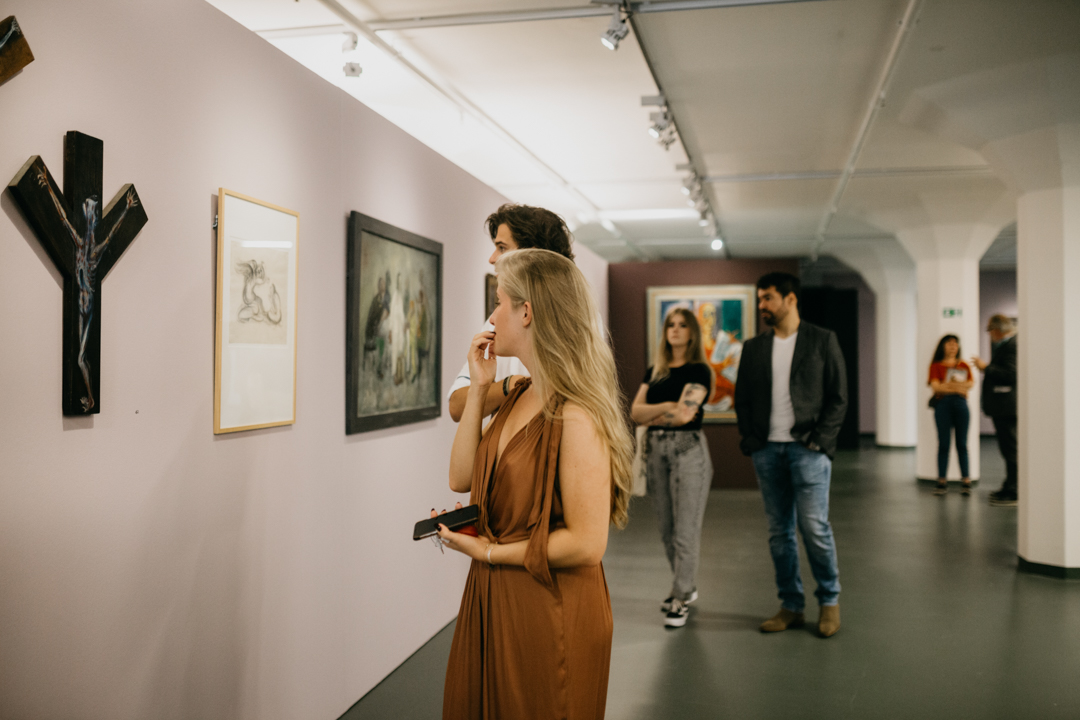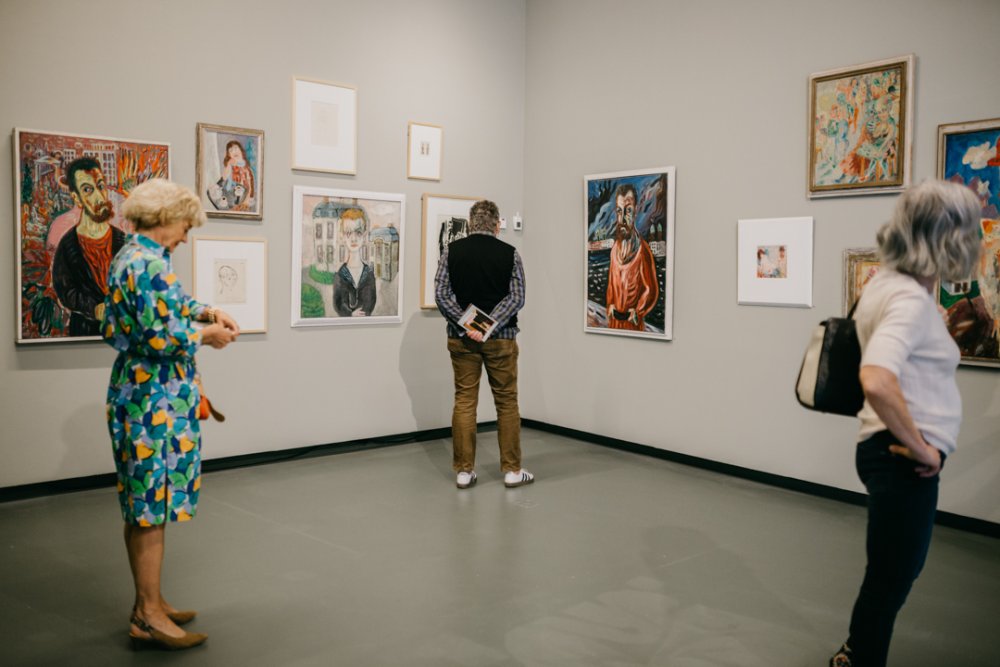Hotspot #3 Aad de Haas
Hotspot #3: Aad de Haas - 100th Anniversary
On 30 December 2020, Aad de Haas, the striking, non-conformist Limburg artist with Rotterdam roots, would have turned 100 years old. To honour the artist, the SCHUNCK Museum in Heerlen (NL), the Limburgs Museum in Venlo (NL), the Museum van Bommel van Dam in Venlo (NL) and the Chabot Museum in Rotterdam (NL) are organizing a relay of exhibitions and programme to illuminate Aad de Haas and his work from different perspectives.
Against the grain
In the context of the Aad de Haas - 100th Anniversary year, the SCHUNCK Museum is bringing together a large part of Aad de Haas' oeuvre in the exhibition Against the grain. This is an intimate look into the quirky mind and passionate heart of this artist, who occupies a prominent position in Dutch art history.
Against the grain shows works from the SCHUNCK collection, from the collections of other museums and from private lenders. More than 250 works underline the versatility of de Haas, which expressed itself in different styles and techniques, with a sense of purpose and commitment as a common thread. De Haas expressed this time and again in themes ranging from mysticism, power and activism to homesickness, desire and (fear of) death. De Haas depicted them in their own imaginative and lustful imagery, reminiscent of symbolists such as Gustave Moreau, Odilon Redon and James Ensor.
Letters to heaven
'How does the legacy of an artist become tangible when it does not concern his work?' Zorba Huisman during the filming of ‘Letters to heaven’
Director Zorba Huisman is the granddaughter of Aad de Haas. She never knew her grandfather; she only knows him through the stories of her parents, through his art and through the things that have been written about him over the years. Using video portraits of her mother, uncles and aunts, Huisman – in Letters to heaven – depicts a man who was more than the esteemed, much-talked about, engaging and idiosyncratic artist who lived in the castle at Strijthagen. For the first time he is described in his role as father: the memories, the similarities, the contrasts and the moments they had with their father who shaped his children into what they are today.
